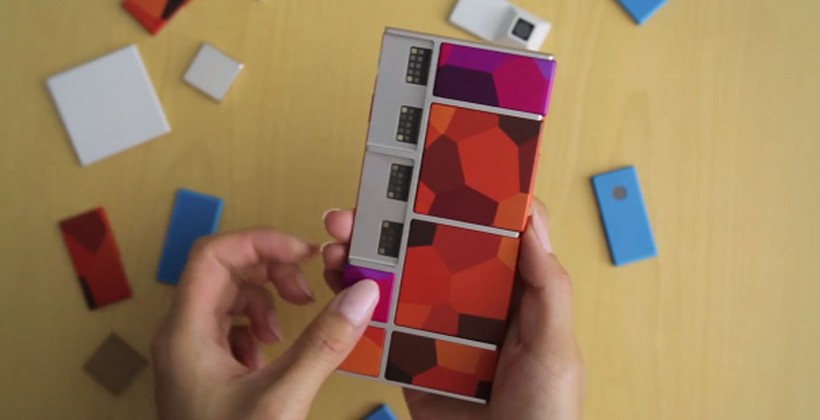
Imagine a Lego-like phone that can be put together and when required, and separated with ease as well. Google’s modular phone codenamed Project ARA is the same concept put into reality.
The project started under Motorola when it was owned by Google. It was later moved to Google’s ATAP (Advanced Technology and Projects) group, which works on innovative ideas. These ideas graduate to the next level, i.e. finished products. A Project ARA prototype was showcased at the recent Google I/O 2016 event.
Originally, Project ARA aimed to let users build their own phone as if building their own customized desktop PC, with users selecting all parts themselves. Had the original experiment been a success, ARA could have been the last phone anyone needed since it would have been upgradeable. Users could have simply replaced a part as soon as it got obsolete. Project Ara’s lead engineer Rafa Camargo said, “We want to create a hardware ecosystem on the scale of the software app ecosystem.”
Google’s endoskeleton was meant to be the backbone of the modular project. It was supposed to replicate the motherboard of a PC. But as the project progressed, the team modified its design and now the core components like the processor are built-in and cant be swapped out.
“When we did our user studies, what we found is that most users don’t care about modularizing the core functions,” Camargo explained. “They expect them all to be there, to always work, and to be consistent.”
However, ARA phone allows the rest of the components to be swapped out in order to enhance and vary a phone’s performance according to the user’s requirements.
The Project Ara Developer edition will start shipping this fall. Initially, it will come with four modules: a speaker, a camera, an E-Ink display (like the one you’d find on an Amazon Kindle e-reader) and an expandable memory module.
The modules include:
Google promises to make the phone more sleek and develop more modules that can be swapped. The applications and advantages of this modular technology are endless. A wireless car key module and a glucometer module that comes in handy if you are a diabetic are some examples that show how personalized an ARA phone can be.
So if you want your phone to be truly customizable, then just wait for consumer version of the ARA phone. It is expected to hit the market early next year.